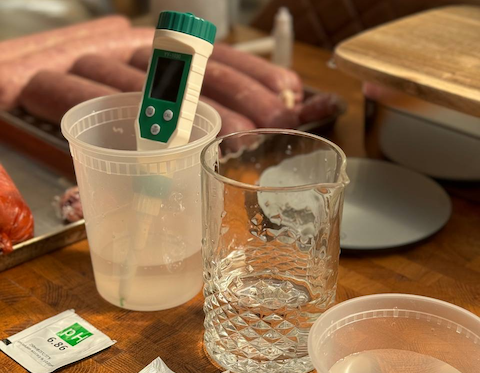
"The white mold was good. The green-grey mold was probably fine. The fuzzy black spot was... well, that's when I ended up in a midnight rabbit hole of forum posts debating whether that particular shade of black meant penicillium or something that would send me to hospital. I had photos, I had descriptions, I had twelve different opinions from twelve different strangers on the internet."
"That's when it clicked: I'd been treating fermentation like cooking when I should have been treating it like infrastructure. But how did I end up here in the first place? Half of the first batch hanged Italian-style on the ceiling didn't survive Scottish humidity and got a few spots looking too similar to zygomycetes fungi, at which point I got too scared and built a proper chamber."
"I started fermenting almost a decade ago, before sourdough starters became everyone's pandemic tamagotchi. You know the drill: shy attempts at sauerkraut, then mozzarella, then progressively weirder things and Sandor Katz books on the shelves. Tracking went from paper scraps to text files to an Obsidian vault. None of it helped because the problem wasn't tracking, it was knowing what to track and when it mattered."
Multiple mold appearances on home-made salami generated uncertainty and conflicting online advice, leading to anxiety about food safety. The maker realized fermentation needed stable environmental control rather than improvisational cooking methods. Early batches failed in humid conditions, prompting construction of a controlled chamber. Investments included a larder fridge, temperature controllers, a heating mat, and an automated dehumidifier, with attention to automation quirks. Longstanding fermentation practice and evolving tracking systems failed to solve the core issue because the essential challenge was knowing which variables to monitor and when those variables mattered for safe, repeatable results.
Read at Vadim Drobinin - iOS Development Expert
Unable to calculate read time
Collection
[
|
...
]